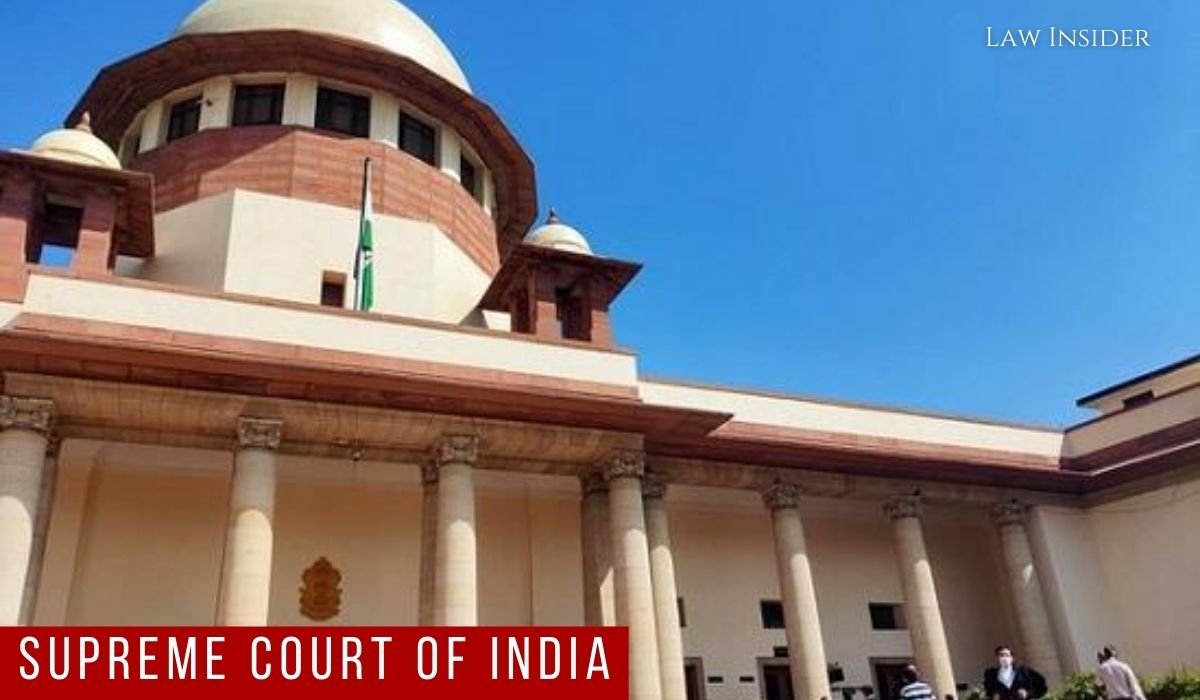LI Network
Published on: 14 August 2023 at 14:10 IST
The recent remarks from a Supreme Court bench comprising Justices SR Bhat and Dipankar Datta have drawn attention to the escalating concern over gun-related incidents transpiring within court premises in Delhi.
The bench’s response to the murder of an additional sessions judge on July 28, 2021, during his morning walk in Dhanbad, underlined a broader issue: “The safety of judges, even beyond the courtrooms, is currently under question.”
The bench posed a pivotal question, pondering whether the trust of litigants in the halls of justice would erode, should the bastions of justice lack adequate security.
They raised concerns about the incongruity where those responsible for dispensing justice find themselves in a state of insecurity.
The gravity of these concerns was palpable in their statement: “These are questions which disturb us to no end.”
Mere installation of Closed-Circuit Television (CCTV) cameras within court complexes, the bench emphasized, might fall short of being a comprehensive solution.
The court urged the need for more substantial actions, rooted in public interest, to counter activities that jeopardize the security and well-being of all stakeholders in the justice delivery system. This includes the realm of court complexes.
The Supreme Court argued for the formulation and execution of a comprehensive security plan, in alignment with the suggested recommendations.
The onus of creating this plan falls on the respective high courts, in collaboration with principal secretaries from home departments across state governments, as well as directors-general of police from states and union territories.
Where jurisdiction lies under the purview of a police commissionerate, the respective commissioners of police are also tasked with this responsibility.
This plan must be executed promptly across states and districts, encompassing district headquarters and peripheral courts.
One significant proposal put forth by the Supreme Court is the establishment of permanent court security units within each complex.
Furthermore, the creation of district-specific blueprints for CCTV camera placement is encouraged, with financial provisions to be furnished by state governments.
In addition to these suggestions, the Supreme Court recommended a vigilant oversight of entry and exit points, reinforced by robust security mechanisms.
The court also advised the regulation of operations for various shops and vendors operating within court premises, as their presence could potentially lead to security vulnerabilities.
The integration of ambulance services and medical facilities within these complexes was also underscored as a vital consideration.
In essence, the Supreme Court’s recent stance highlights the inadequacy of relying solely on CCTV installations for security within court premises.
The bench’s suggestions advocate for a comprehensive security approach that encompasses structural changes, strategic planning, and collaborative efforts between the judiciary and relevant authorities.
This approach seeks to ensure the safety of all individuals involved in the justice delivery system, maintaining the sanctity of the halls of justice.

